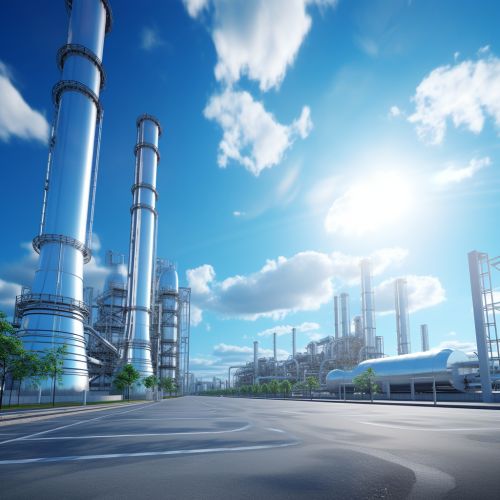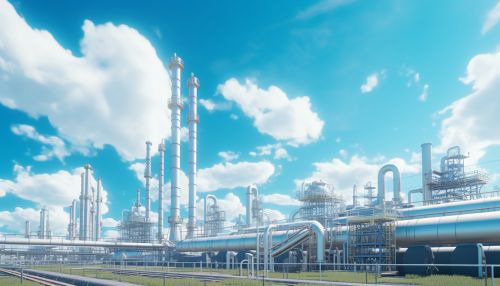The Chemistry of Greenhouse Gas Removal Technologies
Introduction
The chemistry of greenhouse gas removal technologies involves the study and application of chemical processes to reduce the concentration of greenhouse gases in the atmosphere. These technologies are crucial in the fight against climate change, as they aim to reverse the effects of human-induced carbon emissions.
Greenhouse Gases
Greenhouse gases are gases in the Earth's atmosphere that trap heat. They allow sunlight to enter the atmosphere freely. When sunlight strikes the Earth's surface, some of it is reflected back towards space as infrared radiation (heat). Greenhouse gases absorb this infrared radiation and trap the heat in the atmosphere, leading to the greenhouse effect.
Greenhouse Gas Removal Technologies
Greenhouse gas removal technologies, also known as carbon dioxide removal (CDR), carbon capture and storage (CCS), or negative emissions technologies (NETs), are methods that remove carbon dioxide or other greenhouse gases from the atmosphere. These technologies can be broadly classified into two categories: natural and engineered solutions.
Natural Solutions
Natural solutions leverage the Earth's existing carbon cycle to remove CO2 from the atmosphere and store it in natural sinks. These include afforestation, reforestation, soil carbon sequestration, and blue carbon strategies.
Engineered Solutions
Engineered solutions involve the use of technology to capture and store CO2. These include direct air capture, bioenergy with carbon capture and storage (BECCS), and enhanced weathering.
Chemistry of Greenhouse Gas Removal
The chemistry of greenhouse gas removal involves various chemical reactions and processes. These processes can be complex and require a deep understanding of chemistry and environmental science.
Chemistry of Natural Solutions
Natural solutions primarily involve the process of photosynthesis, where plants absorb CO2 from the atmosphere and convert it into oxygen and glucose. This process is a key part of the Earth's carbon cycle and plays a crucial role in regulating the Earth's climate.
Chemistry of Engineered Solutions
Engineered solutions involve various chemical reactions. For example, in direct air capture, CO2 is captured from the atmosphere using a chemical solution that binds to CO2. The CO2 is then separated from the solution and stored underground.
Challenges and Future Directions
While greenhouse gas removal technologies hold promise, they also face several challenges. These include technical challenges, such as the energy required for these processes, and economic challenges, such as the cost of implementing these technologies. Despite these challenges, the development and deployment of greenhouse gas removal technologies are crucial for mitigating climate change.
See Also


